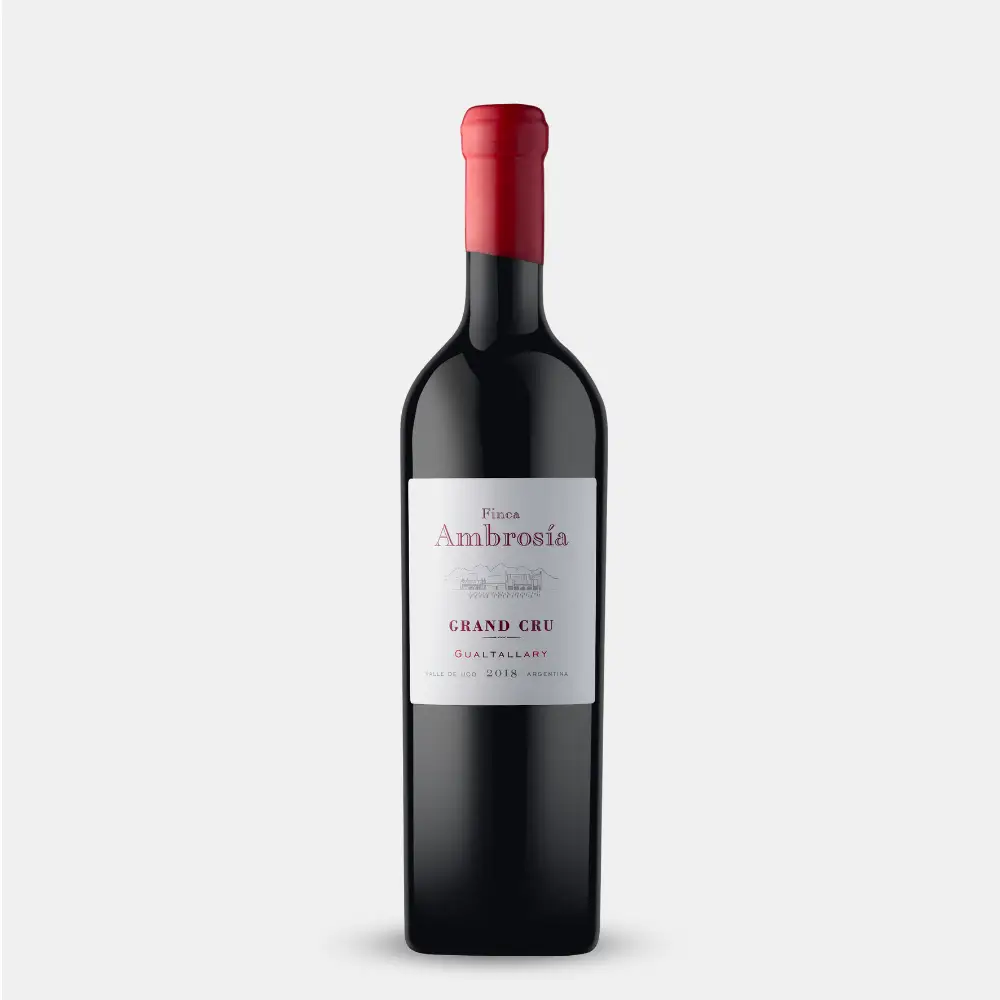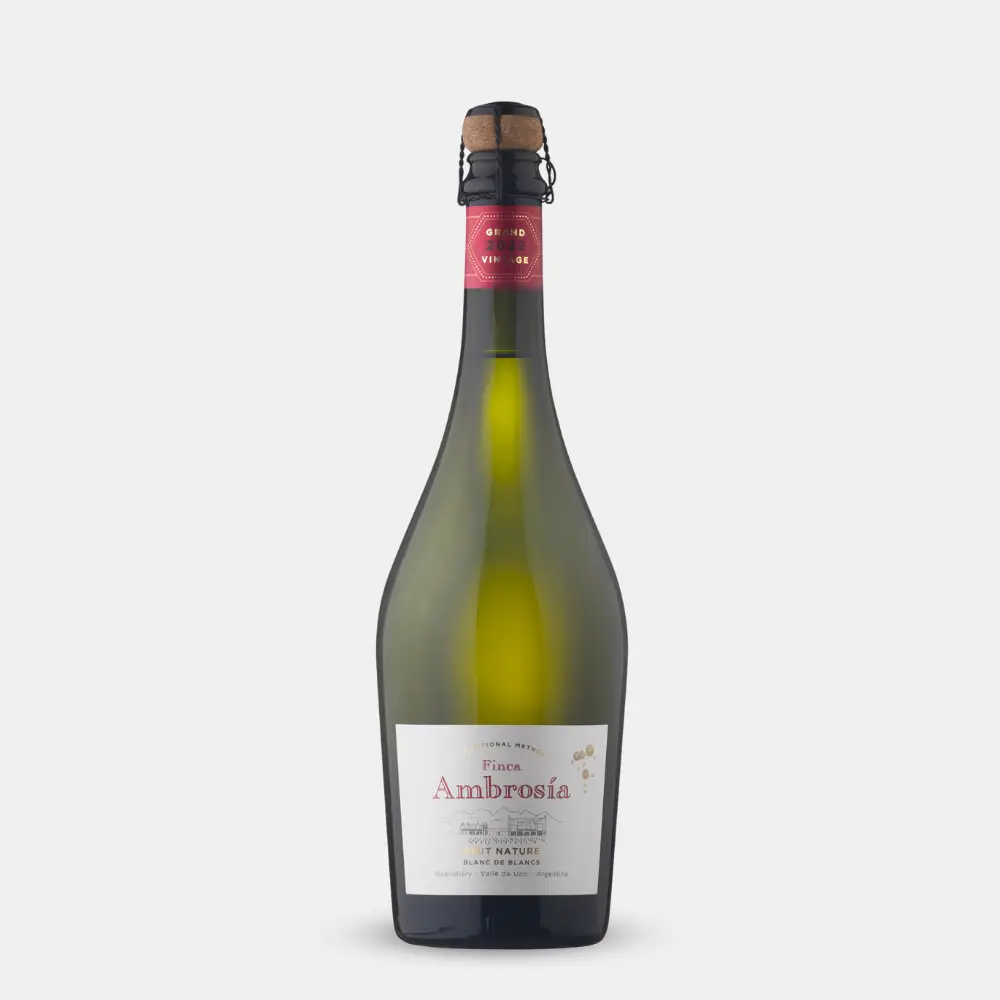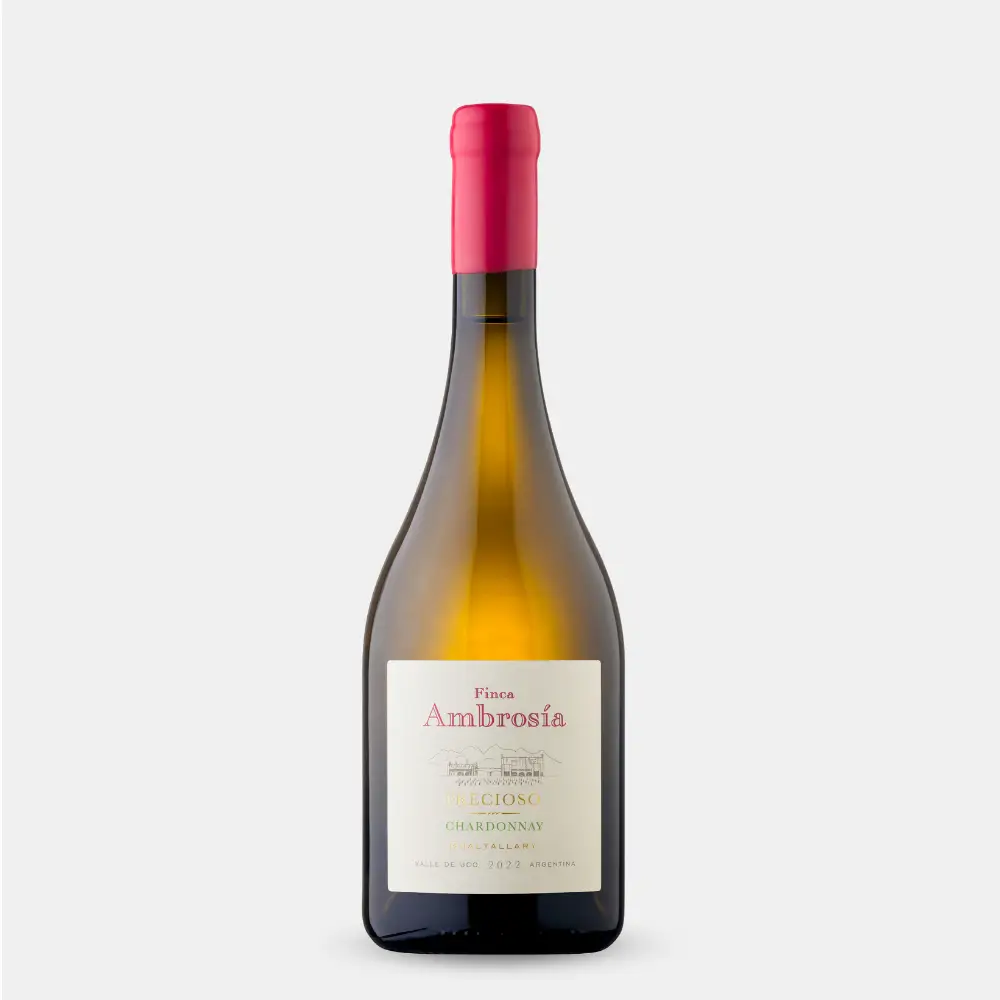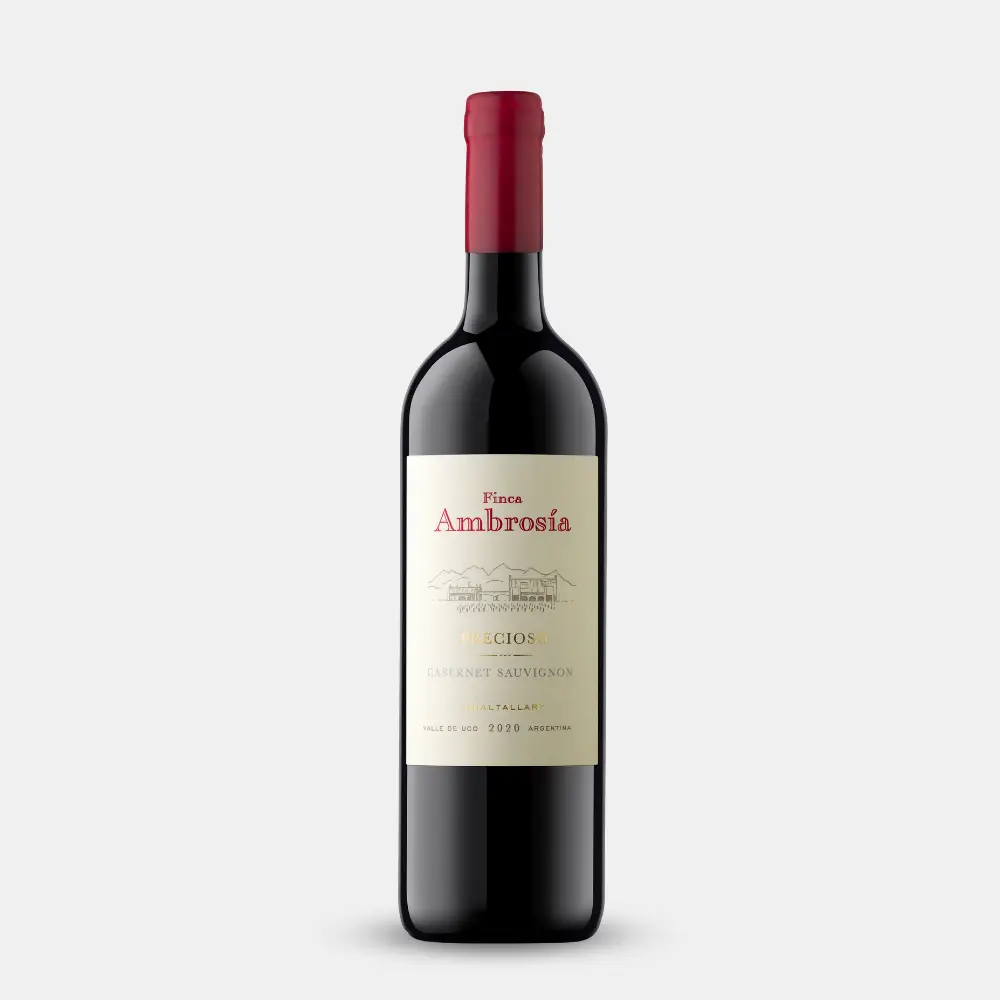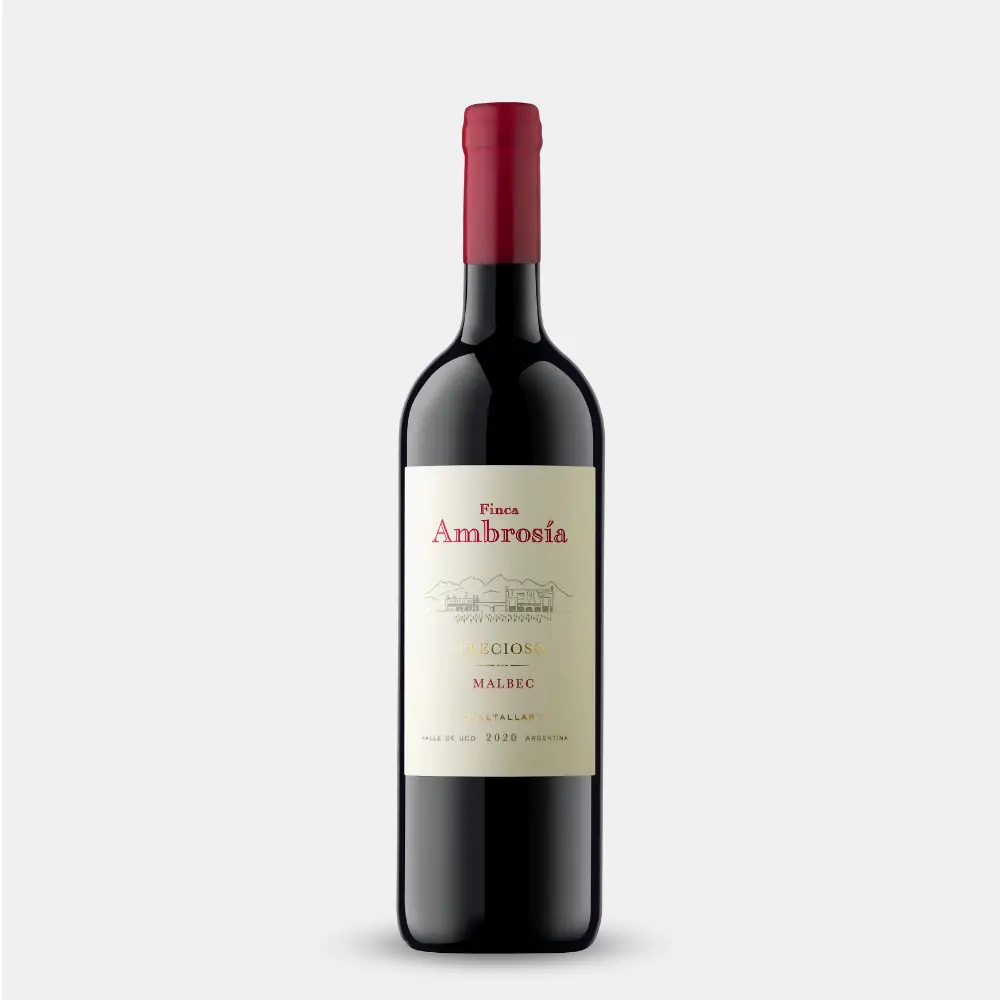Finca Ambrosia
This estate came to life in 2002 when a group of wine lovers – 11 friends from 7 different countries – joined forces with the ambition of producing gastronomic, terroir-driven wines that showed the intricacies and nuances of the district of Gualtallary in Mendoza’s Uco Valley.
An Award Winning Start
Since its first harvest, Finca Ambrosia’s high-quality fruit has been in demand from Argentina’s top wineries. In 2010 renowned Argentinian winemaker Daniel Pi was engaged to make wine for the owners, paying him with bottles of the wine. One such bottle came to the attention of Robert Parker in 2012 who awarded it 95 points – an outstanding score for a first vintage!
Daniel Pi remains a key member of the team to this day, which has also been supported by Chile’s famous ‘terroirista’ Pedro Parra. Finca Ambrosia now has its own brand and style of interpretation of Gualtallary’s terroir. It has a growing reputation in Argentina and internationally where the soil, natural environment and team’s artisanal work are seen in its wine’s freshness, elegance and fruit purity.

Producing the highest quality Malbec, Cabernet Sauvignon, Chardonnay and Cabernet Franc grapes from its 59ha, Finca Ambrosia is 1 of only 3 artisanal producers in Gualtallary.
The grapes are grown in limestone soil, which is mixed with quaternary gravels and sand due to wind erosion. The vineyard is located 1,250 meters or 4,150 feet above sea level and the vines have an average yield of 10,000 kg/ha or 4 tons/acre, resulting in high-quality wines.
With varietal purity and freshness the main aim for the wines in this range from Finca Ambrosia, the grapes are fermented in concrete vats before also being aged in concrete vats. This allows the glorious Gualtallary fruit purity and freshness to show off the terroir of the region.
Nowadays, the estate covers an area of 65 hectares, comprising site-specific sub-plots that ensure all varieties are cultivated in small parcels that will bring the best possible results.

